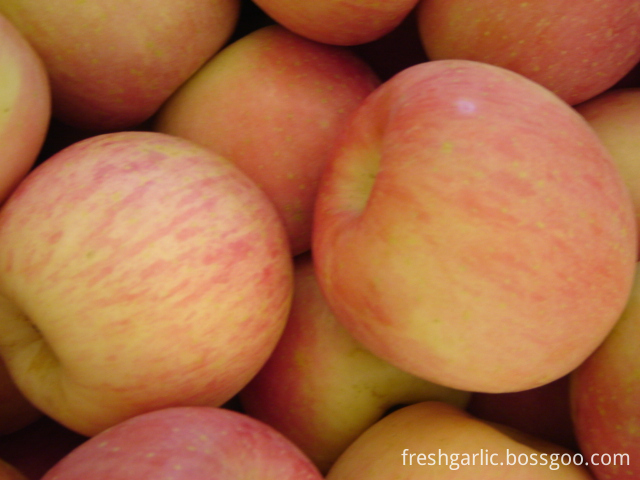Soybeans need to undergo several stages of management during the growth process, the most important of which is the spraying of soybean leaves. At the moment, soybeans are in the early stage of flowering, and they are also the best time to spray the foliar fertilizer. Soybeans are different from other crops, as long as they spray a little foliar fertilizer will be of great help. However, when spraying foliar fertilizer, we also need to pay attention to the following:
(1) Fertilizer concentration: Different crops have different fertilizer tolerance at different times. Fertilizer concentration is too high, often resulting in fertilizer damage leaves. Especially when the temperature is higher, the foliar spray fertilizer should be applied within the appropriate concentration range. In addition, in the seedling stage of the plant, the leaf tissue is young and the concentration of spray fertilizer should be appropriately lower. When there is a deficiency factor, the concentration should be appropriately higher; the concentration of sprayed trace element fertilizer should be lower, and the concentration of commonly used element fertilizers should be sprayed. It can be higher. Different foliar fertilizer, spray concentration is generally: urea 0.5% -2.0%, superphosphate 1% -5%, potassium dihydrogen phosphate 0.2% -0.5%, boric acid 0.1% -0.5%, 0.02% of ammonium molybdate - 0.05%, zinc sulfate 0.05% -0.2%.
(2) Fertilizer type: depends on seedling fertilizer: if the plant grows slowly, thin, short, and the leaf color is yellow, it belongs to nitrogen deficiency. The foliar spray fertilizer should be dominated by nitrogen, with a small amount of phosphorus and potassium fertilizer; otherwise, if the plant Large, green, long internodes, adequate nitrogen, foliar spray fertilizer should be replaced by phosphorus, potassium, can not be immutable.
(3) Spraying fertilizer time: From the time of spray fertilizer application, it is generally best to spray fertilizer at the time of growth and later leaf area, which has the best effect. Spraying fertilizer when the leaf area of ​​the plant is small is not only a waste of fertilizer but also less effective. Molybdenum fertilizer should be sprayed before soybean flowering. Boron fertilizer and zinc fertilizer should be sprayed at the initial flowering stage of soybean. From the time of spraying the fertilizer, it should be dried on a cloudy day with no wind or sunny morning, and avoid spraying in the hot days of the hot sun. If there are drops of water or dew on the leaves during spraying, the concentration of fertilizer solution will be reduced and the effect of fertilizer application will not be achieved. If the fertilizer is sprayed at high temperatures in the hot sun, the air humidity is low, not only the fertilizer solution is evaporated and wasted, but also the fertilizer solution is quickly dried after spraying, the leaves are difficult to absorb, the utilization rate of the fertilizer is reduced, and sometimes the fertilizer solution on the blade is also used. The water evaporates too quickly and the concentration increases rapidly causing "burning leaves."
(4) Number of sprays: Many farmers believe that the greater the number of sprayed leaves, the better. In fact, sprays are generally applied 2-3 times, and each spray should generally be spaced more than 7-10 days. For trace element fertilizers, the spraying frequency should not be too high, and the concentration should not be too large, otherwise it will not only fail to increase the yield, but will cause trace element poisoning.
In addition to considering the above four factors, three points should also be noted. First, the amount of foliar fertilizer is small, but must be fully dissolved and stirred to spray; Second, the plant leaves less back horniness, more pores, easy to absorb, so leaves The surface spray fertilizer should be dominated by leaves and leaves, supplemented by foliar surfaces. Third, some foliar fertilizers can be mixed with fertilizers or pesticides. However, many can't be used arbitrarily. Otherwise, the fertilizer effect and efficacy will be affected, and sometimes the plants will also be affected. hurt.
Fuji apples are typically round . Fresh apples contain between 9–11% sugars by weight and have a dense flesh that is sweeter and crisper than many other apple cultivars, making Fuji apples popular with consumers around the world. Fuji apples also have a very long shelf life compared to other apples, even without refrigeration. With refrigeration, Fuji apples can remain fresh for up to a year.
1. Commodity name: Fuji Apple
2. Feature: Red color, sweet and crisp3. Coloration: 80%-85% and up, color type seperated with blush or strip, smooth and bright skin
4.Origin: Shandong province of China
5. Packing:
a) Inner packing: With tray, foam net and plastic bag
b) Outer packing:
10kg/ctn: size 28/32/36/40/44/50/56;
20kg/ctn: size 64/72/80/88/100/113/125/138/150/163/175/198;
c) according to clients' special requirements.
6. Supply Period: October to next August
7. Conveyance:
a) 10kgs/ctn: 2156ctns/40' HR
b) 20kgs/ctn: 1106ctns/40' HR
8. Transporting and storing temperature: 0°C

Fuji Apple,Fresh Apple,Red Fuji Apple,Fresh Fuji Apple
JINING FORICH FRUITS & VEGETABLES CO., LTD. , https://www.forichgarlic.com